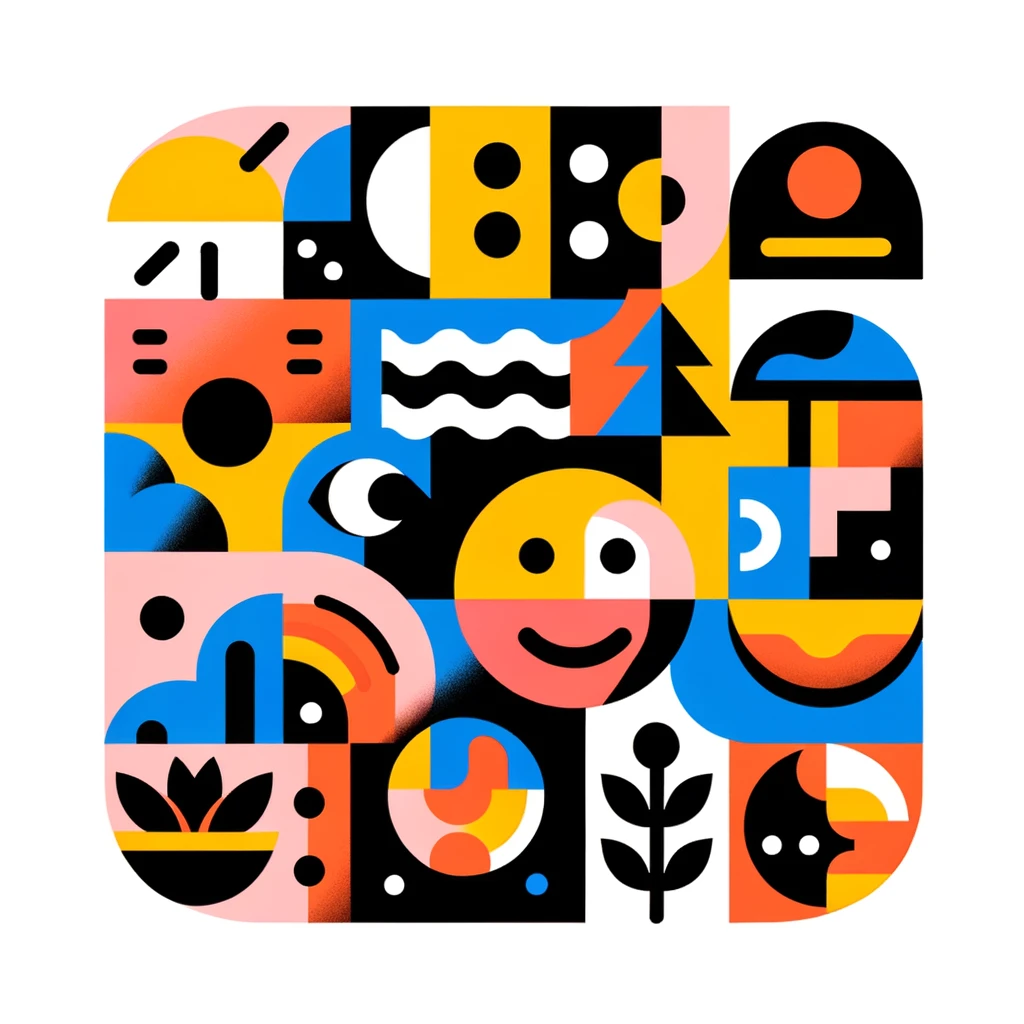
The Truth: Rise of the Machines (or Just Really Smart Toasters?)
Artificial Intelligence, once the stuff of sci-fi dreams and dystopian nightmares, is now part of our daily grind. From Siri, who still can’t understand our accents, to self-driving cars that may or may not mistake a parked truck for a very large pigeon, AI is everywhere. But what is the truth behind these algorithms that promise to change our lives? Is AI the harbinger of a new era of enlightenment, or just a fancy term for “let’s see if a robot can do this better”?
The reality is a bit of both. AI is remarkable at processing vast amounts of data and finding patterns that would take humans eons to decipher. It’s great at recommending the next binge-worthy series or diagnosing rare diseases. But it’s also prone to amusing (and sometimes alarming) mistakes, like when it thought a picture of a blueberry muffin was a chihuahua. Yes, really.
The Challenges: Of Mice and Men (and Bots)
For real people, the challenges of AI are both profound and petty. On the profound side, there’s the ever-looming question of job displacement. Will AI take over our jobs, leaving us to ponder our existence while sipping lattes in cafes that are, ironically, run by robots? The answer is nuanced. While AI will automate some tasks, it will also create new opportunities. History shows that technological advancements typically lead to job evolution rather than extinction.
Then there’s the issue of bias. AI systems learn from data, and if that data reflects societal biases, the AI will too. It’s like teaching your child from a textbook that hasn’t been updated since the 1950s. The challenge is to create AI that’s fair, unbiased, and inclusive, which is a tall order when even humans struggle with these concepts.
On the petty side, there’s the frustration of dealing with AI that’s just not quite there yet. Like the time your smart assistant turned off your lights because it thought you said “night” instead of “right.” Or when your facial recognition app can’t tell the difference between you and your cat after a particularly rough night. Real people need AI to be not just smart, but also reliable and, dare we say, a bit more human.
The Potential: To Infinity and Beyond (or Just a Better Thermostat)
Despite the challenges, the potential of AI is staggering. For starters, it’s a tremendous learning tool. AI can help students with personalised learning plans, breaking down complex subjects into digestible chunks. It’s like having a tutor who never gets tired or annoyed, no matter how many times you ask it to explain quantum mechanics.
In healthcare, AI can analyse medical images with superhuman accuracy, predicting diseases before they manifest. Imagine a world where a trip to the doctor is as simple as taking a selfie. The possibilities for early detection and treatment are endless. And for businesses, AI offers a chance to streamline operations, enhance customer experiences, and drive innovation.
Conclusion: The Good, The Bad, and The Algorithm
AI is neither a saviour nor a scourge. It’s a tool, and like any tool, its value depends on how we use it. For real people, the key is to engage with AI thoughtfully, ensuring it serves us and not the other way around. Embrace the learning opportunities, navigate the challenges, and keep an eye on the potential. And who knows? One day, you might even thank your smart toaster for making your mornings a little brighter.



Leave a Reply